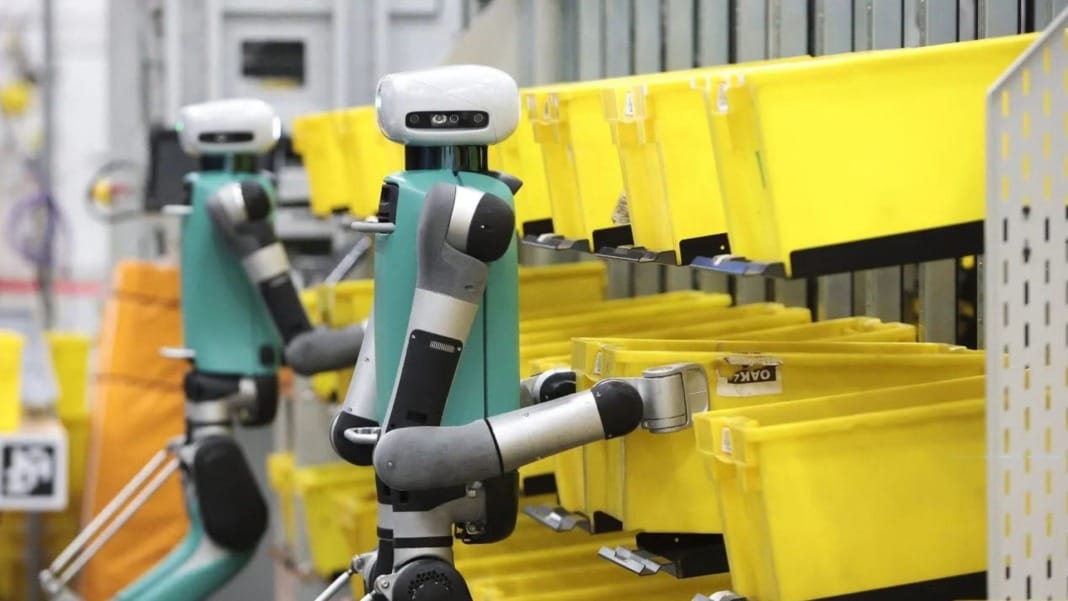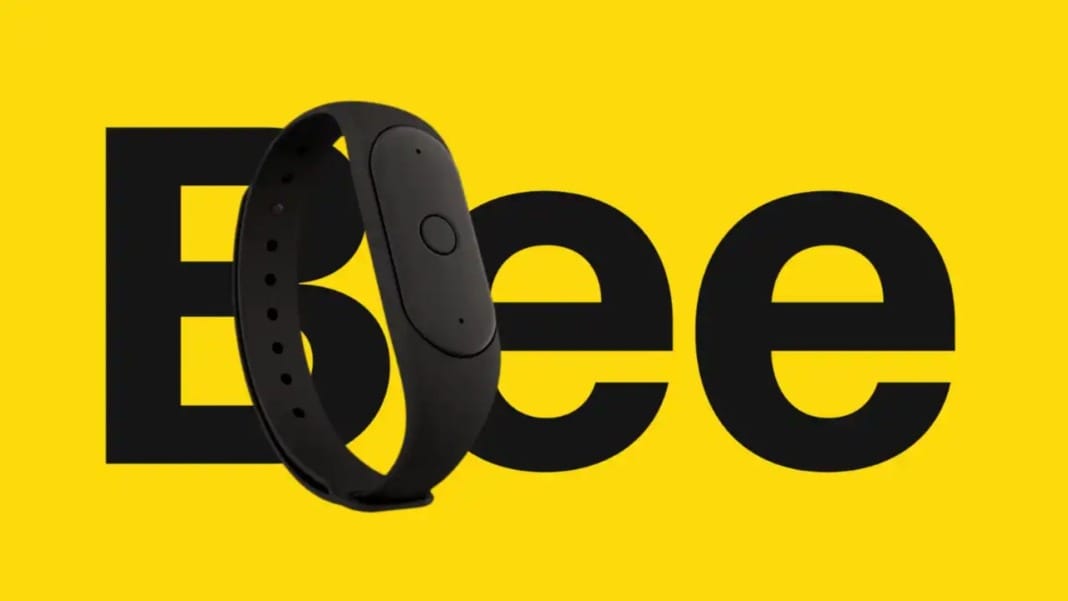A Chinese robotics company has unveiled what is believed to be the world’s first humanoid robot capable of autonomously changing its battery. The development is being hailed as a major step forward in robotic independence and has stirred interest — and some amusement — over its potential future uses.
Robot performs battery swap without human help
Developed by Shenzhen-based tech company Ubtech, the robot — named Walker S2 — can detect when its battery is running low and replace it with a fully charged unit entirely on its own. A recently released video from the company shows Walker S2 completing the process autonomously, raising eyebrows in the tech world.
Standing 162 centimetres tall and weighing just under 65 kilograms, Walker S2 operates on a 48-volt lithium battery. Each battery provides the robot with enough power to walk for two hours or remain stationary for four. Once inserted into the charging station, a depleted battery takes about 90 minutes to recharge fully.
Although still in the research and development phase, Walker S2 is undergoing trials in a range of environments, including commercial, industrial, and educational settings. Ubtech states that the robot is designed to assist in areas such as healthcare, hospitality, and education, where it can support or augment human capabilities.
Years of development behind the latest achievement
Ubtech has been working on the Walker humanoid robot since 2015. This latest iteration demonstrates not only the robot’s ability to walk, navigate environments, and perform basic tasks but also its capacity for autonomous maintenance — a feature rarely seen even in advanced robotic systems.
The self-charging ability marks a shift in how autonomous machines may operate in future. Rather than requiring human oversight for power management, Walker S2 could operate continuously with minimal intervention, provided fully charged batteries remain available.
The company believes such developments pave the way for smoother integration of robots into everyday life. “The goal is to enhance human capabilities and improve quality of life,” Ubtech stated, noting that service sectors like elder care, customer assistance, and education could particularly benefit from the robot’s capabilities.
Robotics race intensifies globally
Ubtech’s innovation comes amid a growing international race to develop increasingly lifelike and intelligent humanoid robots. Significant strides in artificial intelligence have enabled machines to not only move more like humans but also make decisions with a higher degree of autonomy.
Both Chinese and American tech firms are investing heavily in robotic research. Their goal is to develop robots that can think, adapt, and respond in ways that enhance their effectiveness in real-world applications.
While the concept of a robot revolution remains firmly rooted in science fiction, breakthroughs like the Walker S2 demonstrate that advanced levels of autonomy are becoming a reality. The self-swapping battery feature, while seemingly simple, reflects a broader trend in robotics toward independent operation — a trend that is likely to continue accelerating.





